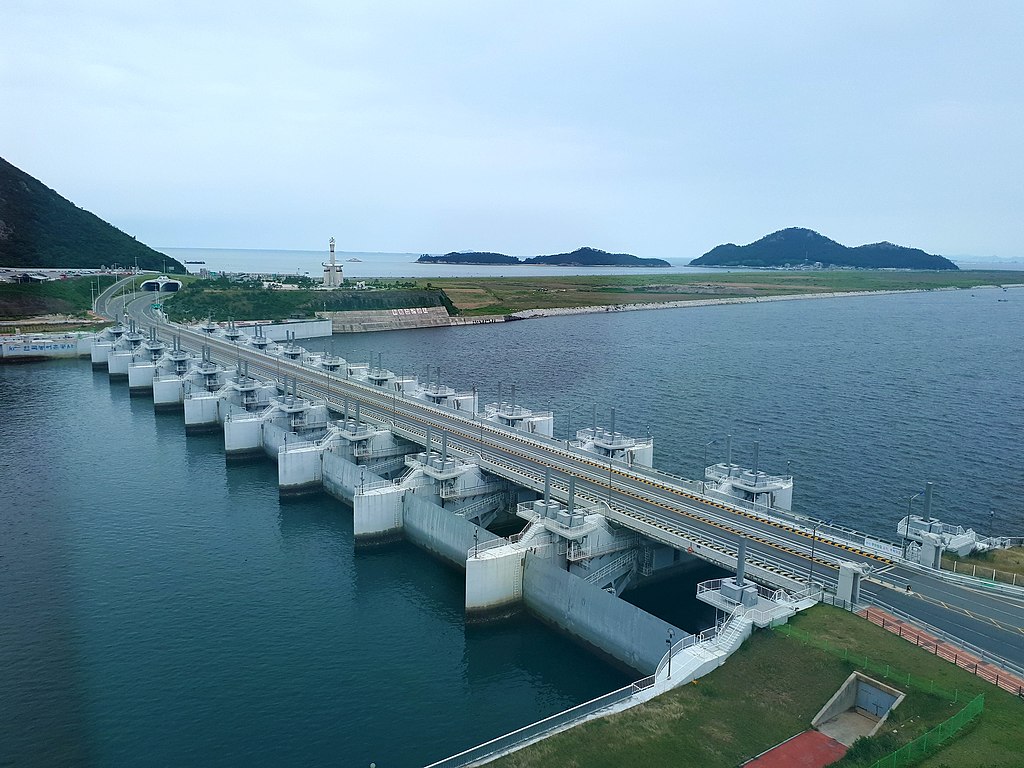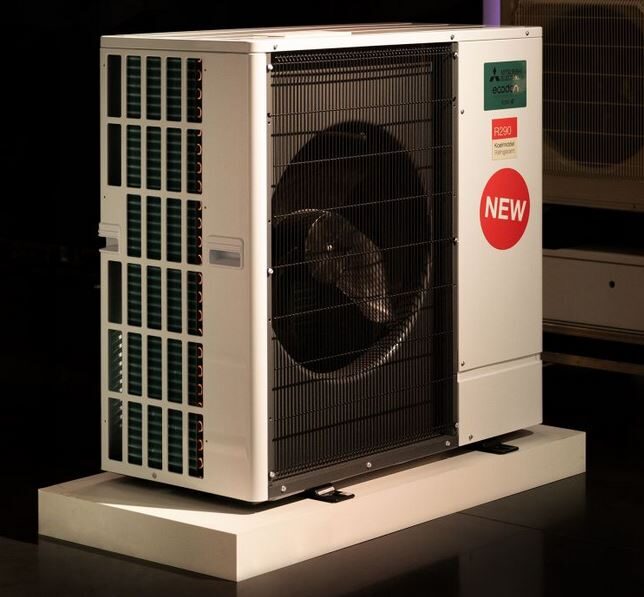Academics from the Korean Institute of Machinery and Materials have developed a safety analysis procedure to judge when different kinds of floating PV arrays are safe to install in the field. They validated their numerical simulations and shared their findings in “Effects of various inlet angle of wind and wave loads on floating photovoltaic system considering stress distributions,” which was recently published in Journal of Cleaner Production.
“We will use these findings to install and operate a floating PV system at the Saemangeum tidal flats, on the coast of the Yellow Sea, on the west coast of South Korea,” researcher Byung-Ju Lim told pv magazine.
The South Korean government is currently developing a 2.1 GW floating solar complex with the support of the Saemangeum Development and Investment Agency (SDIA). The academics built their safety analysis model through three types of numerical simulations: computational fluid dynamic (CFD), hydraulic dynamics analysis, and transient finite element analysis (FEA).
The CFD and hydraulic dynamics simulated the wind and wave loads on the floating PV system. The scientists used FEA to analyze stress distribution on PV systems at various inlet angles for wind and wave loads. They used the results of the numerical simulations to judge the safety of the floating PV arrays.
“If the current design of the floating PV system is judged unsafe, then it can be remodeled to eliminate the weak points. If the design is judged safe, then it can be installed at the desired site,” the researchers explained.
The simulations used a floating PV system consisting of 9 modules, each measuring 1.03 meters by 2.08 meters. The panels had a 15-degree tilt angle. The solar system was supported by 15 floaters made of high-density polyethylene (HPDE).
The scientists validated the CFD results by conducting experiments in at the wind tunnel center of the Chonbuk National University with a wind speed of 12 m/s. The test model was at a 1:15 scale, and thirty pressure taps were installed on the solar panel surfaces to measure the pressure distributions: 15 at the front of the panels, and 15 at the back. Through this experiment, they found that the local maximum error range was 37% and the minimum error 1.7%.
The South Korean team conducted a hydraulic dynamics analysis at a wave pool considering a 1:10 scale model. They found that the local maximum error was 19.4% and the minimum error 0.6%. The scientists also tested the area-averaged drag coefficients (CD) on the solar panels at various inlet angles, the displacement of the unit floating PV system under the regular wave condition, and the stress distribution for floating installations.
“The results confirmed that the stress distribution on the solar panels, supporting frames, and floating bodies did not exceed the yield strengths of the constituent materials,” the researchers concluded. “Thus, the unit floating PV system was safe under the wind and wave conditions considered.”
The results also point to potential safety and cost-improvement strategies for floating solar. “Installing a windshield instead of solar panels at the edge of the PV array could reduce the load and improve safety,” the scientists said, noting that the results show that the first and last rows of the solar panels are exposed to higher wind loads.
Developers could also reduce system costs by replacing the HDPE floaters in the middle of systems with medium-density polyethylene (MDPE) floaters, which are around 20% cheaper, according to the academics. This is supported by the results of hydraulic dynamics analysis, which show that the sheltering effect reduced the loads on the middle of the floating PV system by 32% to 54% compared to the edges.
This content is protected by copyright and may not be reused. If you want to cooperate with us and would like to reuse some of our content, please contact: editors@pv-magazine.com.



3 comments
By submitting this form you agree to pv magazine using your data for the purposes of publishing your comment.
Your personal data will only be disclosed or otherwise transmitted to third parties for the purposes of spam filtering or if this is necessary for technical maintenance of the website. Any other transfer to third parties will not take place unless this is justified on the basis of applicable data protection regulations or if pv magazine is legally obliged to do so.
You may revoke this consent at any time with effect for the future, in which case your personal data will be deleted immediately. Otherwise, your data will be deleted if pv magazine has processed your request or the purpose of data storage is fulfilled.
Further information on data privacy can be found in our Data Protection Policy.